8 Wild Animals in Palau [Wildlife in Palau]
Want to know more about the wildlife in Palau?
Discover 8 wild animals in Palau in this post, as well as interesting facts about them. 🇵🇼
Learn All About Palauan Animals
Ready to learn all about Palauan animals?
I’ve always been fascinated by animals, and by how they can be so different from one country to another. In this guide, we’ll focus on the many animals Palau has on the land, in the sky, and underwater.
I’ve split the guide into 5 categories:
- Native animals from Palau
- Endangered animals of Palau
- What is the national animal of Palau?
- How many animals native to Palau?
- Are there venomous snakes in Palau?
Let’s dive in right away with our first category!
Native Animals from Palau
Palau is a small Oceanian island country located in the northeastern part of the continent, in the Pacific Ocean. It is made of about 340 islands, shares maritime borders with the Philippines, and the Federated States of Micronesia, and used to be a German colony. It is surrounded by the Pacific Ocean, and although its largest city is Koror (located on the island of Koror), its capital is Ngerulmud, which counts more than 270 inhabitants.
An interesting part of the country that I wanted to tackle is its wildlife. In light of that, I have listed the best of it, and I hope you will love learning what animals live in Palau.
Here’s the Palau animals list.
1. Dugong

- Name: Dugong
- Scientific name: Dugong dugon
- Conservation status:
The dugong is a unique species of marine mammal closely related to the manatee. Historically, it has been hunted for thousands of years for its meat and oil, and this animal is still of particular cultural importance in several Pacific Islands, including Palau.
Speaking of which, there is a unique, isolated population of dugongs in Palau. Although it is illegal to kill dugongs now, poaching remains a major problem in the archipelago.
2. Crab-eating macaque
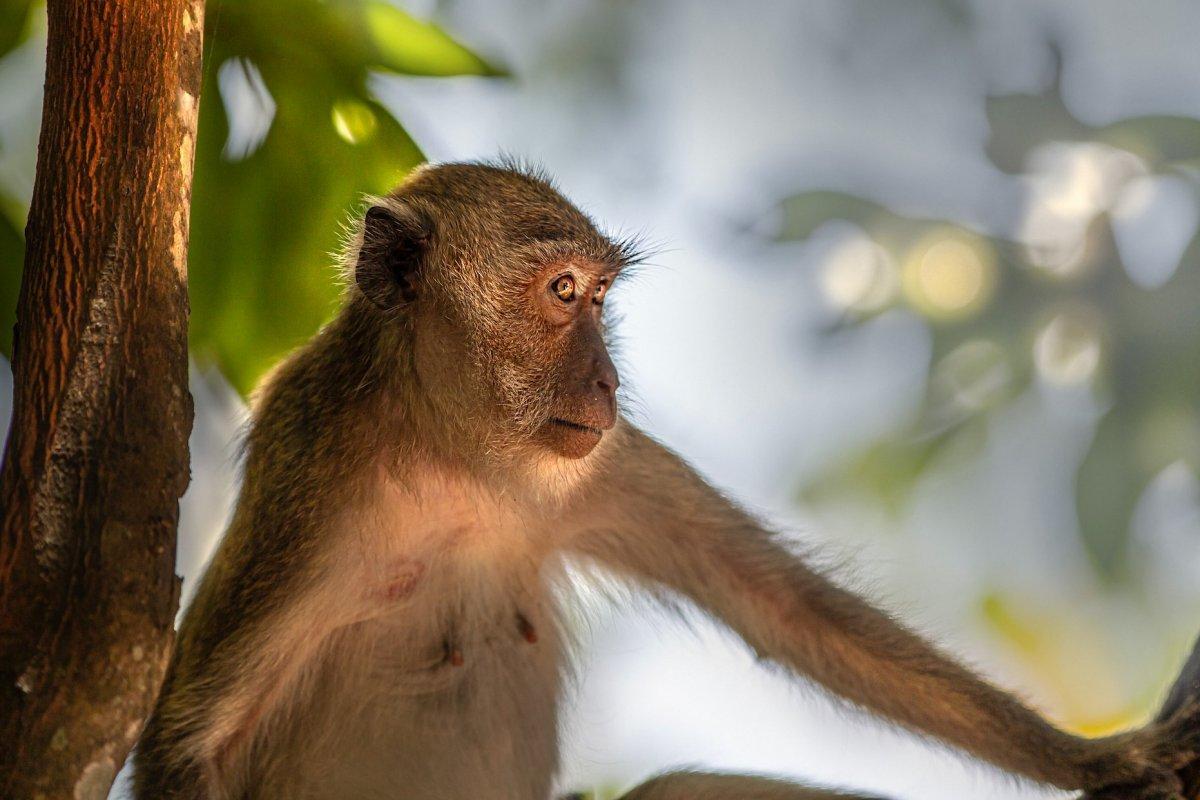
- Name: Crab-eating macaque
- Scientific name: Macaca fascicularis
- Conservation status:
The crab-eating macaque, also known as the cynomolgus monkey or the long-tailed macaque, is the only somewhat large terrestrial mammal that you will see in Palau. Although native to Southeast Asia, it has been introduced to several countries, including some Pacific Islands.
In Palau, the crab-eating macaque is captured and sold as a pet, while on other islands such as Mauritius, it is killed for the pharmaceutical industry. Be careful if you encounter one of these macaques, as it is very playful and steals a lot of items such as cameras, hats, and eyeglasses!
3. Pacific sheath-tailed bat
- Name: Pacific sheath-tailed bat
- Scientific name: Emballonura semicaudata
- Conservation status:
The Pacific sheath-tailed bat, also known as the Polynesian sheath-tailed bat, is a species of bat native to several Pacific Islands such as Palau, Samoa, Micronesia, and Fiji. It inhabits caves, and it is considered endangered primarily because of habitat loss, and its small number of approximately 500.
Believe it or not, another main danger the Pacific sheath-tailed bat has to face is… goats. Because of competition for resources, goats limit the carrying capacity of this bat!
4. Micronesian megapode
- Name: Micronesian megapode
- Scientific name: Megapodius laperouse
- Conservation status:
The main part of the wildlife of Palau is made up of birds (as there are about 185 of them) and marine species. The Micronesian megapode, also known as the Micronesian scrubfowl, is a species of megapode bird native to the western parts of the Pacific Ocean.
Because of its very small range, it is listed as near threatened with extinction. There are about 2,000 to 2,500 individuals left in the wild.
5. Short-finned pilot whale
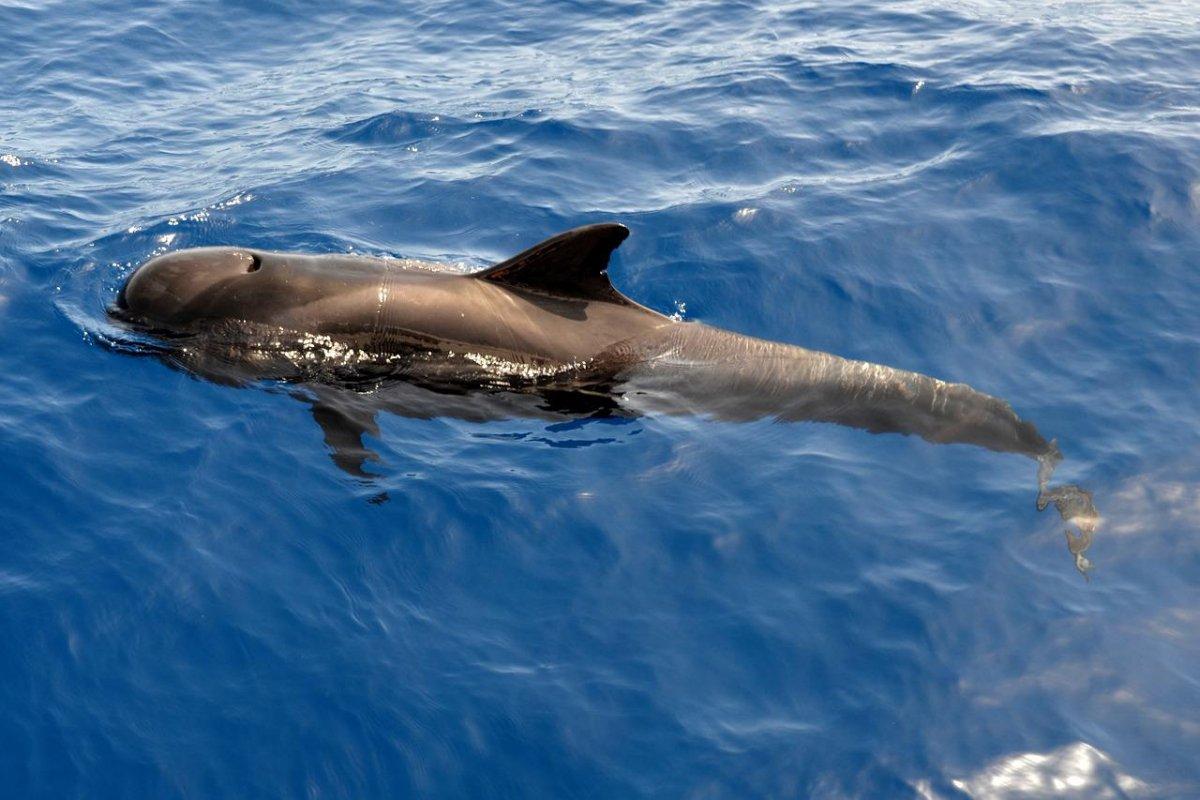
- Name: Short-finned pilot whale
- Scientific name: Globicephala macrorhynchus
- Conservation status:
The short-finned pilot whale is a species of cetacean that can be found in the temperate, subtropical, and tropical waters of the world, and there are about 700,000 individuals around the world. It usually lives in groups of about 10 to 30 members and feeds on squid at depths of 700 m / 2,300 ft, but sometimes as deep as 1,018 m / 3,340 ft.
This whale is known to strand in mass, most likely due to several factors such as injury from loud military sonar, accident, or geomagnetic anomalies.
6. Palau ground dove
- Name: Palau ground dove
- Scientific name: Pampusana canifrons
- Conservation status:
The Palau ground dove is a species of bird from the dove family. It is endemic to Palau and inhabits the dense forests and the woodlands of the archipelago. Because of the absence of major terrestrial predators, it is more than likely that this dove never needed to fly and therefore evolved to become entirely terrestrial.
This dove is solitary and forages for fruits and seeds on the ground.
7. Fraser’s dolphin
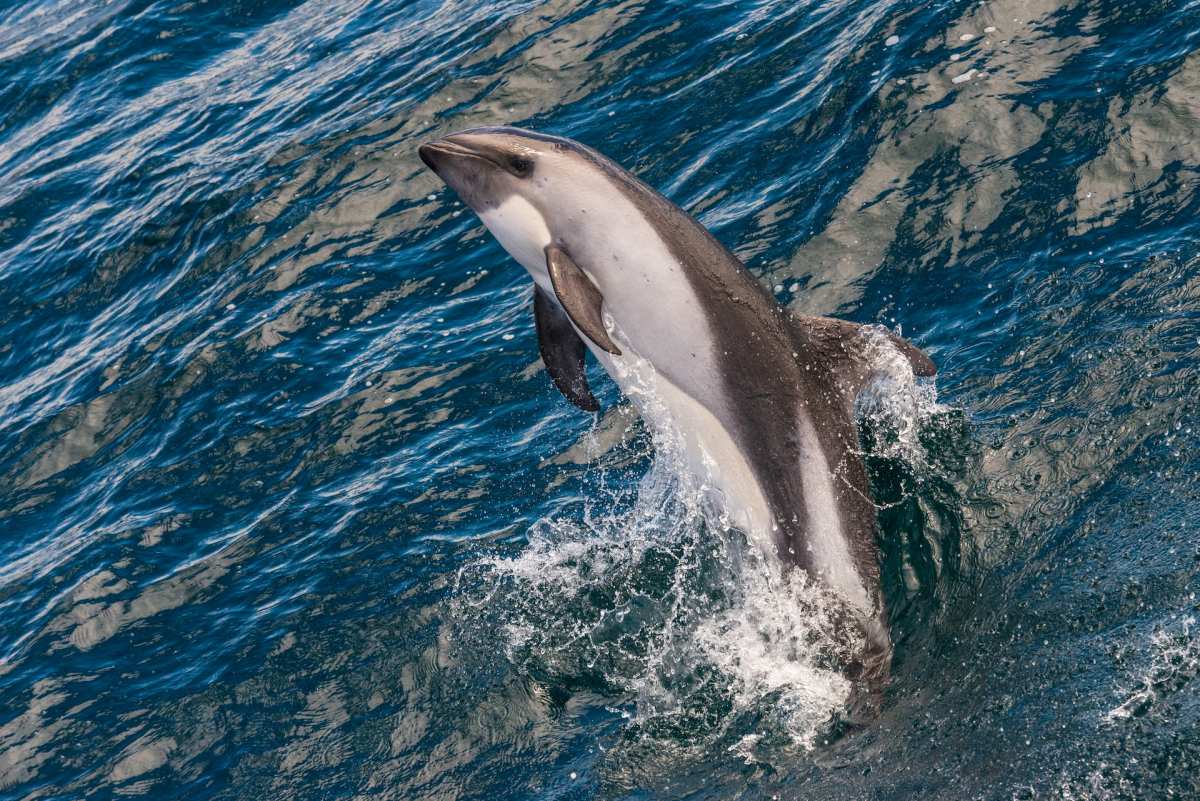
- Name: Fraser’s dolphin
- Scientific name: Lagenodelphis hosei
- Conservation status:
Fraser’s dolphin, also known as the Sarawak dolphin, is one of the several species of dolphins you will find off the coasts of Palau. It lives in the deep waters of the Indian Ocean and has smaller populations in the Atlantic and the Indian Oceans.
After thinking that this species was pretty rare, it turns out that its population is doing pretty well, although no global assessment has been made (mainly because it lives in deep waters, and is less understood than its coastal counterparts).
8. Australian pelican
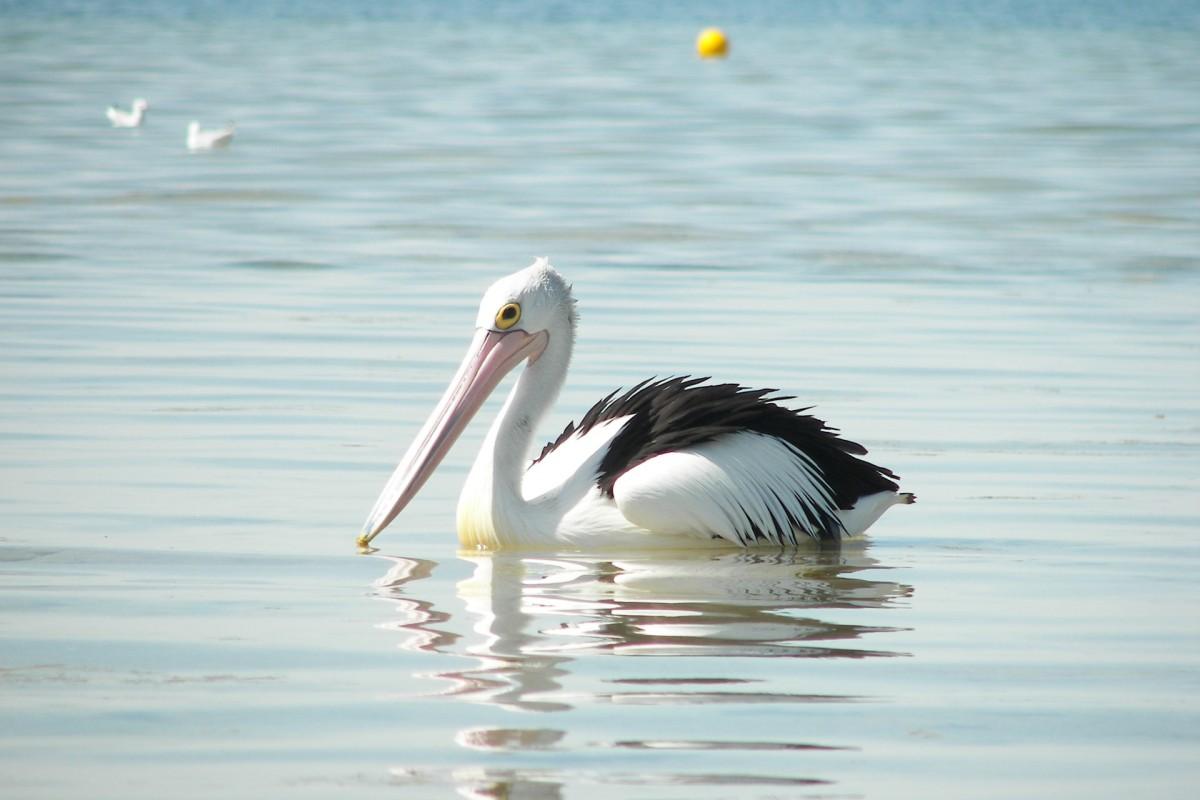
- Name: Australian pelican
- Scientific name: Pelecanus conspicillatus
- Conservation status:
The Australian pelican is a large species of waterbird native to the coastal waters of Australia and also found on a lot of Pacific Islands, although it can only be found in Australia all around the year.
In Palau, it is a vagrant bird that sometimes approaches the coasts. It is entirely white with black wing parts and a pink bill, and it is known for having the longest bill of any bird. It primarily feeds on fish but does not hesitate to eat other birds or scavenge if needed.
—
So there you have them, these were my 8 wild animals in Palau. I hope you enjoyed this list and that you learned something new today.
In case you want to learn more about animals in the country, feel free to keep reading, as I still have lots of things to tell you about:
Endangered Animals of Palau
This is definitely the saddest part of the list, but it is very important to raise awareness. Because of this, let’s go through the list of endangered animals in Palau.
Here are the animals in danger of extinction in Palau.
- Large Palau flying fox
- Hawksbill turtle
- Oceanic whitetip shark
- Gray reef shark
- Pelagic thresher
- Blue whale
- Green turtle
- Giant manta ray
- and 14 more…
To see the full list of endangered species in Palau, head over to the International Union for Conservation of Nature’s Red List.
What is the National Animal of Palau?
The national animal of Palau is the Palau fruit dove.
As its name suggests, the Palau fruit dove is a species of dove endemic to the archipelago of Palau. There, it can be found in all habitats across multiple islands, and it has characteristic, unique colors such as an orange and yellow lower breast, with an olive-green back, wings, and tail.
While the Palau fruit dove is now considered of least concern, it used to be heavily hunted until 1945; since then, it has rebounded and it is fairly common now. It is a pride to have such a unique, beautiful bird in Palau, and it thus best symbolizes the country.
How Many Animals Native to Palau?
What is the diversity of native animals in Palau?
Let’s look at the total number of species of Chordata (mammals, birds, fishes, and reptiles).
Total number of animal species in Palau: 1,800 (9,917 in total in Oceania)
Are there venomous snakes in Palau?
There are a few snakes that you will find in Palau, but only two of them are venomous: the banded sea krait and the yellow-bellied sea snake.
These two snakes can only be found in the sea, so it is highly unlikely for you to encounter one. However, if one of them is washed ashore, you should obviously not approach it, and even less try to touch it, as their venom is particularly potent!
More About Animals in the World!
Loved these Palau animal facts? Want to see what animals live in other countries?
Then check out these posts:
Or click here to see ALL the facts up on the blog! Spoiler alert: there’s A LOT of them.
Share the knowledge! Click on the buttons below to share information about these famous animals in Palau with your friends, and help them learn more about the world 🙂
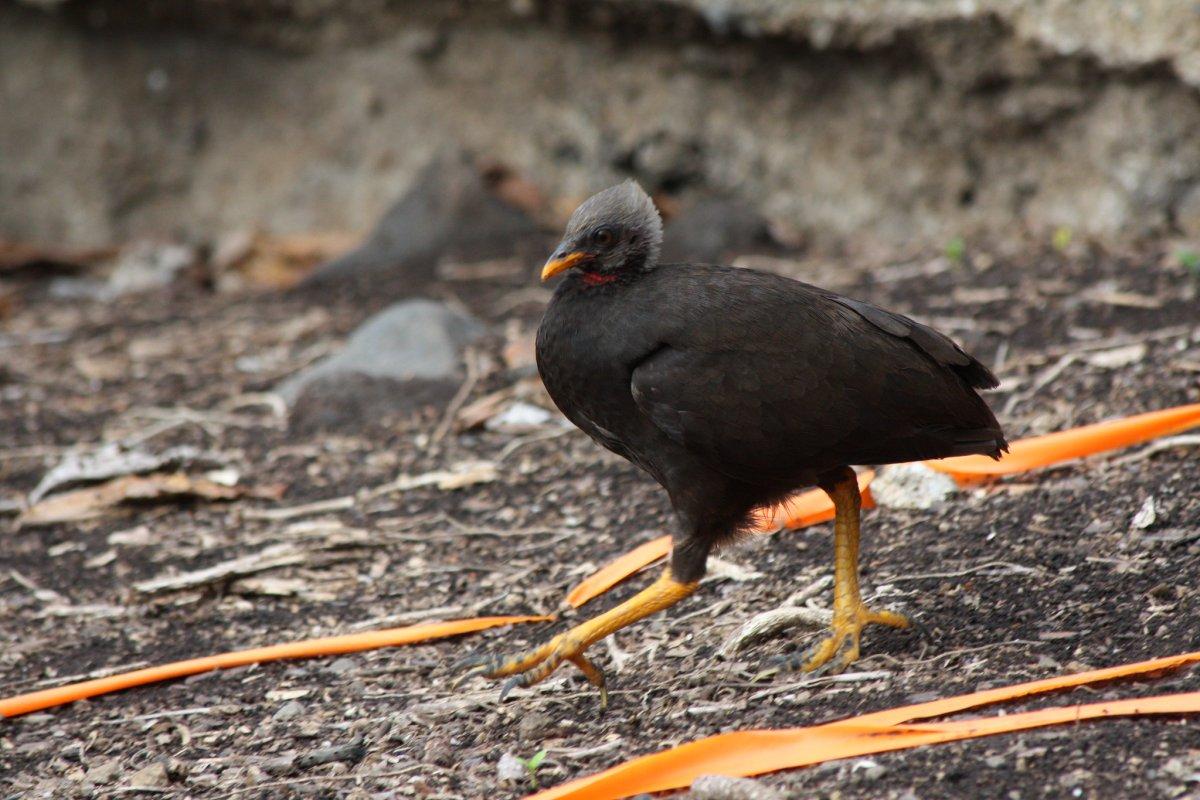
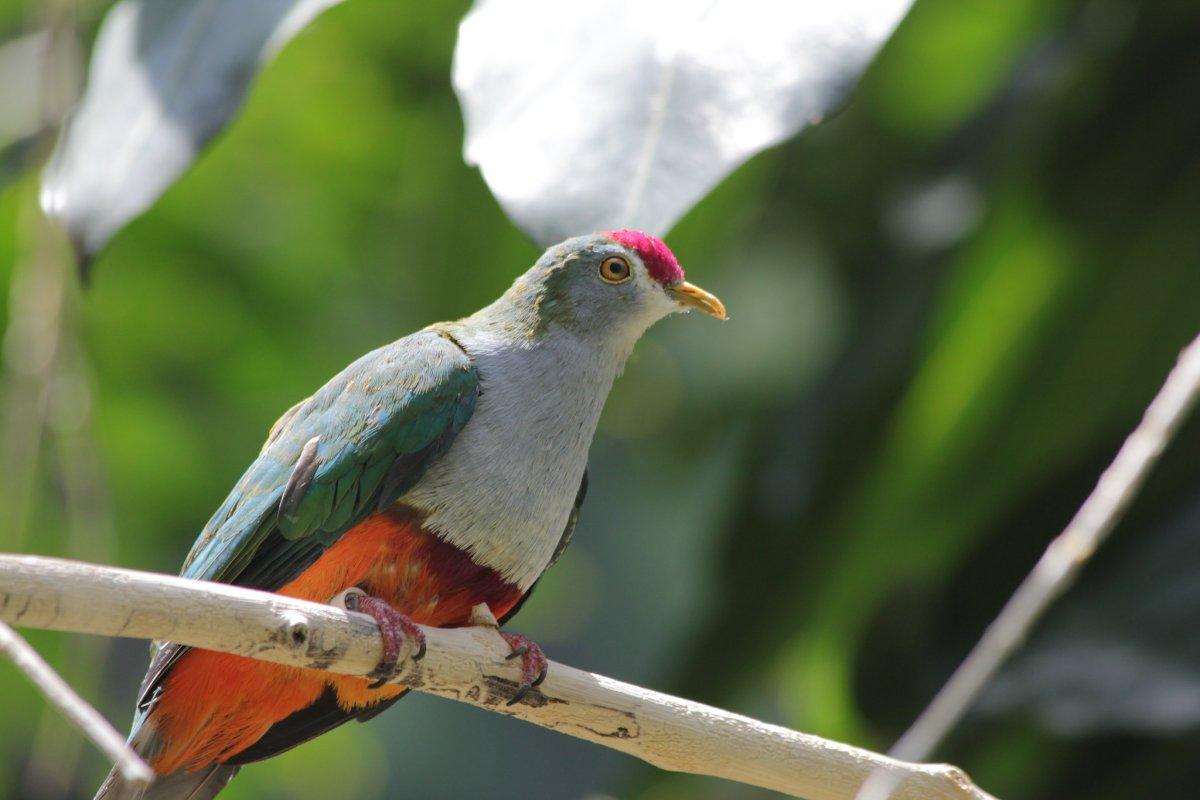

![30 Wild Animals in Australia [Wildlife in Australia]](https://www.kevmrc.com/wp-content/uploads/2023/01/30-wild-animals-in-australia.jpg)
![16 Wild Animals in Oman [Wildlife in Oman]](https://www.kevmrc.com/wp-content/uploads/2022/06/16-wild-animals-in-oman.jpg)
![18 Wild Animals in Laos [Wildlife in Laos]](https://www.kevmrc.com/wp-content/uploads/2022/12/18-wild-animals-in-laos.jpg)